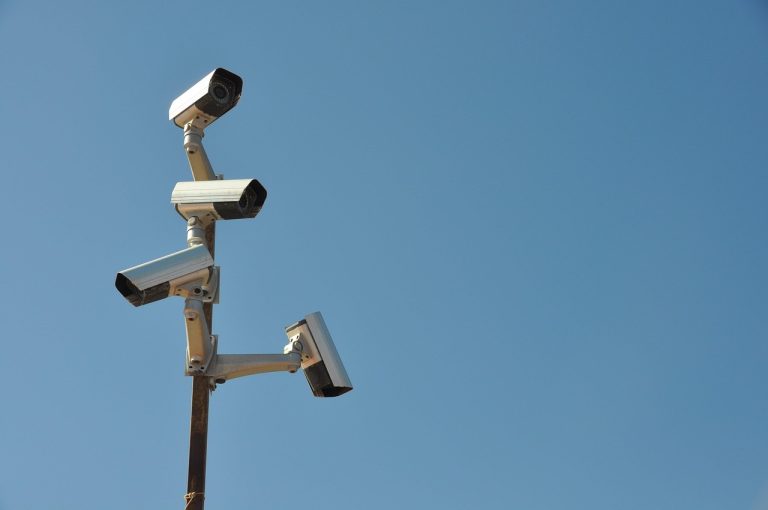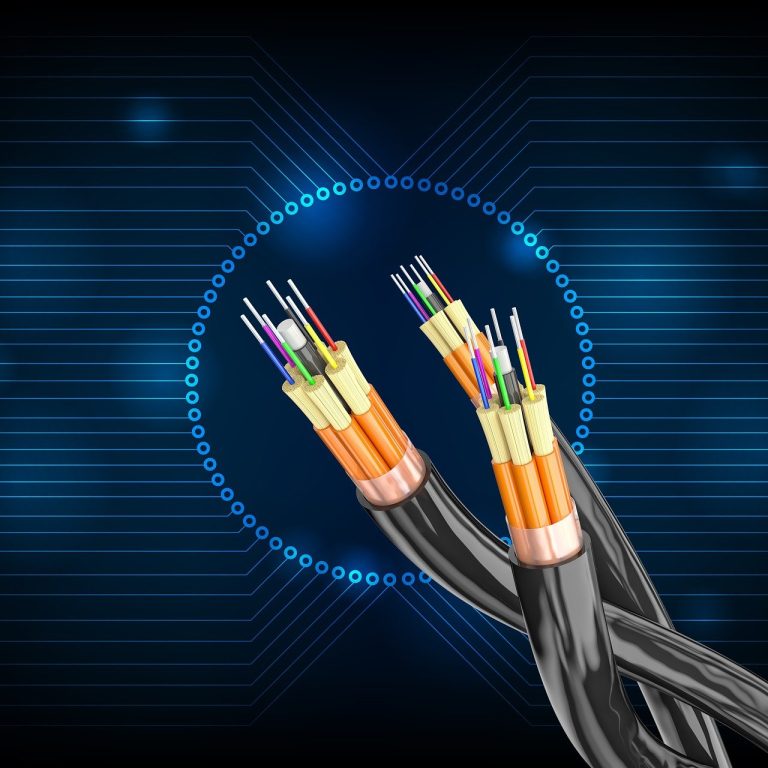
Alphabet has announced the development of a groundbreaking new technology, Taara, designed to provide affordable, high-speed internet access even in the most remote corners of the planet. Project leader Mahesh Krishnaswamy unveiled the Taara chip—a silicon photonic chip that transmits data through the air using light. This chip is significantly more compact than previous solutions: its size is comparable to a fingernail, whereas the first version of the Taara technology, Lightbridge, was the size of a traffic light. While Lightbridge utilized mirrors and sensors for physical manipulation of the light signal, the new chip achieves this task through software.
Taara is part of X, Alphabet’s research division dedicated to innovative technologies. Initially, the wireless optical communication technology was created for Project Loon, an initiative aimed at providing internet via high-altitude balloons. After the project’s closure in 2021, the focus shifted to Taara. Even prior to this, Alphabet had tested light-based data transmission in India, and subsequently, used it to provide internet access across the Congo River and in Nairobi.
Taara transmits data through a narrow, invisible beam of light, achieving speeds of up to 20 Gbps over distances of up to 20 kilometers. The technology operates on a principle similar to fiber optics, but without the need for cables—devices transmit light signals directly. While Lightbridge required precise directional alignment, managed through a mechanical control system, the new chip addresses this challenge differently: hundreds of miniature emitters are software-controlled, automatically adjusting the direction of the beams.
According to Krishnaswamy, installing the Taara light transmitters will take only a few days, whereas laying down fiber optics can span months or even years. Laboratory tests have achieved speeds of 10 Gbps over distances of 1 kilometer. The Taara team is currently focused on enhancing the range and performance of the chip, developing a version with thousands of emitters. The technology is expected to be available by 2026.


